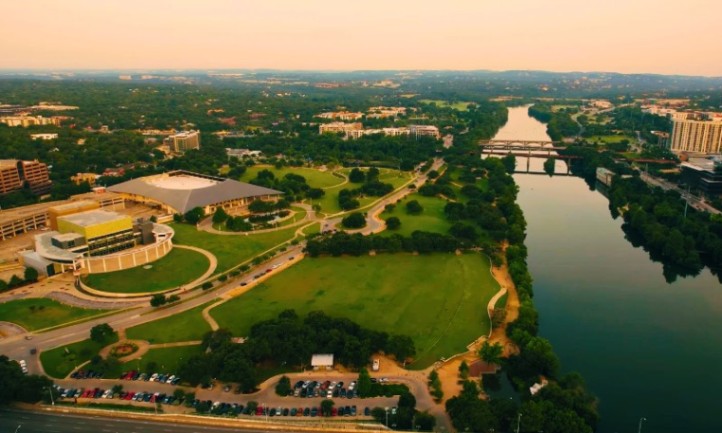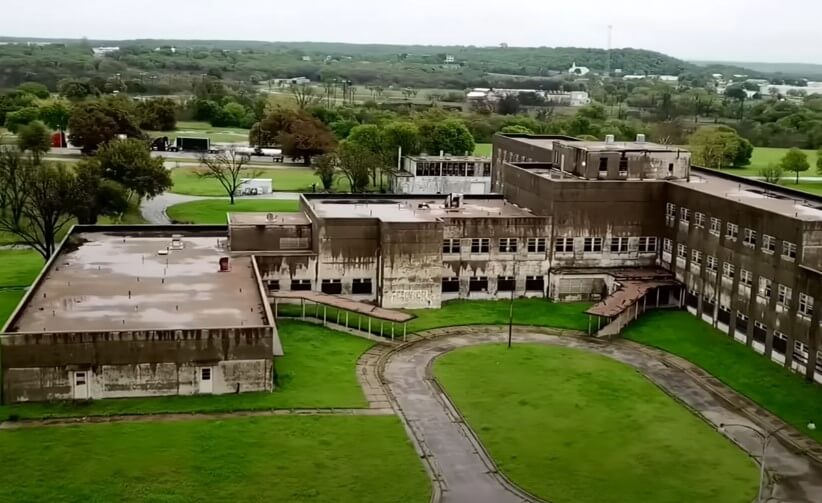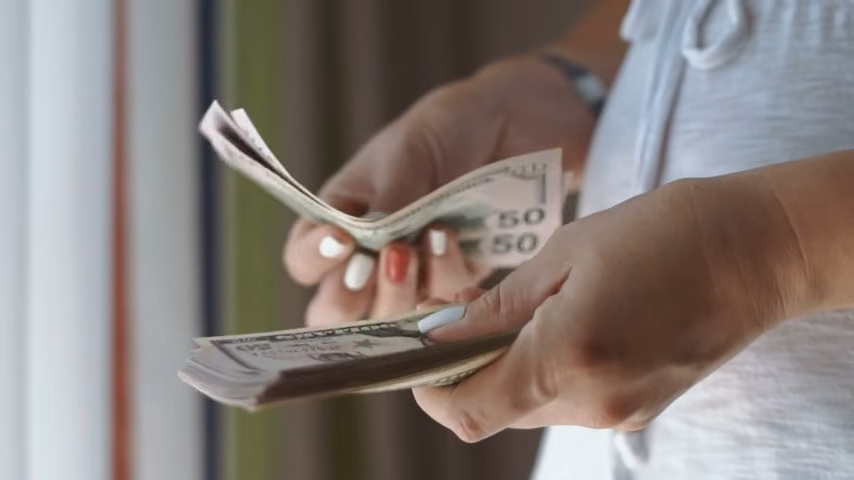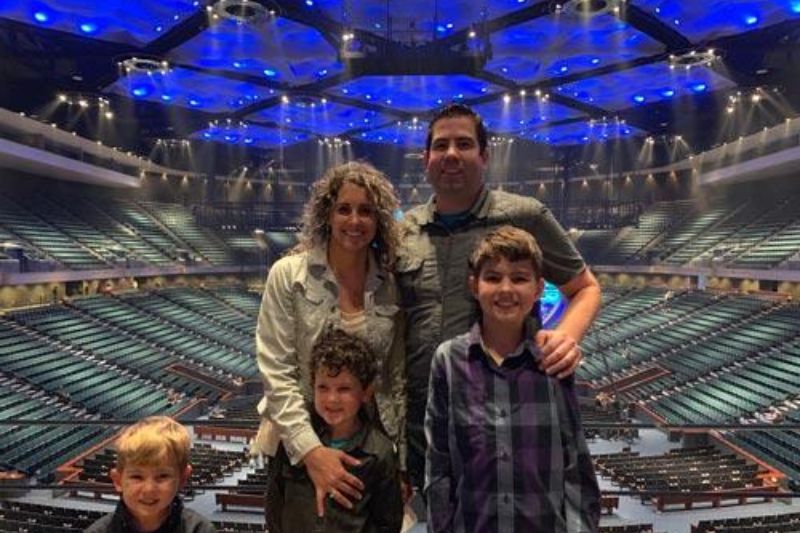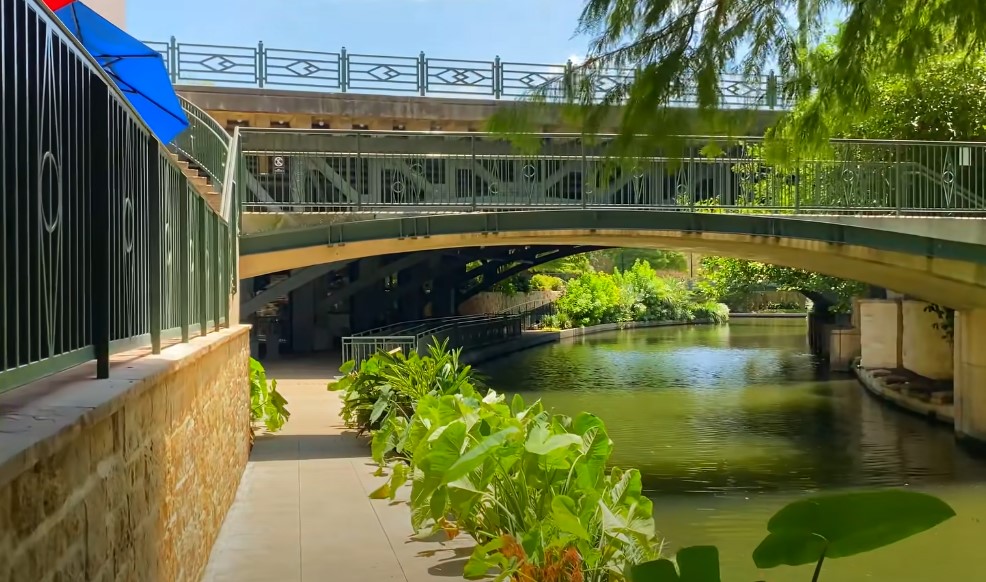If you’ve ever tried to get across Houston at 5 PM on a weekday, you probably already know: traffic in major Texas cities is no joke. Whether it’s a construction zone on I-10, a pile-up on Mopac, or a surprise flood downtown, gridlock can eat away hours of your week and test even the calmest driver’s nerves.
Add in booming populations, limited public transit, and unpredictable weather, and you’ve got a daily traffic stew simmering in Houston, Dallas, Austin, and San Antonio.
But there are ways to make the chaos work in your favor. You don’t have to suffer through every slowdown. With the right timing, tools, and local know-how, you can trim serious time off your commute, and maybe even keep your sanity intact.
Let’s run through the best tips, tools, and real-world tactics for avoiding traffic jams in Texas’s busiest cities.
Leave Early or Slightly Late
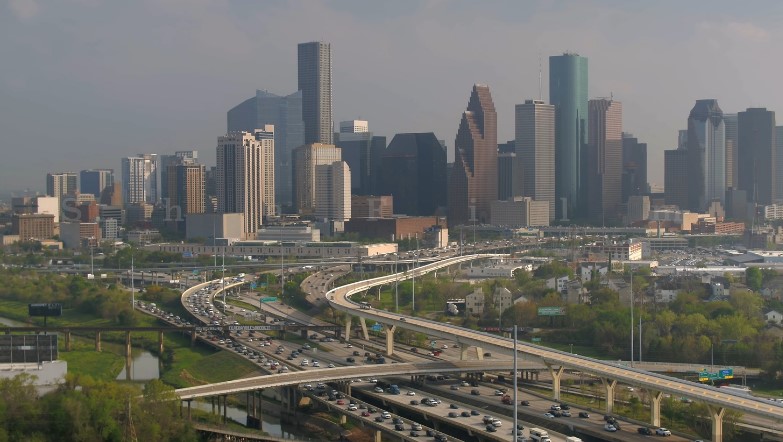
Rush hours tend to run from 7 to 9 AM and 4 to 6 PM, though school pick-up times (around 3 PM to 4 PM) create a smaller wave of congestion too. Sliding your drive forward or back even 15–20 minutes can make a surprising difference.
Real-world tip: If you’re commuting from Plano to downtown Dallas via U.S. 75, leaving at 6:45 AM instead of 7:15 can cut your travel time by nearly 30%. That’s not a small thing, especially when it adds up day after day.
Reroute When Necessary
Big highways like I-35 and I-10 might be fastest in theory, but when they’re jammed, they’re the last place you want to be.
Apps like Waze or Google Maps will suggest side streets and alternates, but it helps to know which back roads work best in your area.
- In Houston, using Westheimer or Memorial Drive can sometimes beat I-610 or I-10 traffic.
- In Dallas, try Coit Road or Greenville Avenue to stay off the packed U.S. 75. If you’re worried about an accident on those less-traveled streets, it can help to have a trusted car accident lawyer in Dallas, TX on your side.
- In Austin, use Lamar Boulevard or Airport Boulevard instead of Mopac or I-35 when they’re crawling.
- In San Antonio, Broadway and Fredericksburg Road offer decent alternatives to Loop 1604 or I-35.
Just watch out for school zones and frequent stoplights; those can kill your gains.
Use the Right Apps
@mrmjwofficial Waze vs Google Maps: Is It Worth Using in 2025? Which app is better at dodging traffic, speed cams, and chaos in 2025—Waze or Google Maps? We put them head-to-head. 📱🛣️ #NavigationApps #WazeVsGoogle #DrivingTips2025 #ukcars #carsuk #carnews #ukcarnews #ukcar #ukdriver #driversuk #ukdrivers #carnewsnetwork #ukcarscene #mrmjwofficial
♬ original sound – Car Tips with Mr. MJW – Car Tips with Mr. MJW
There’s no reason to sit in traffic when technology can help you dodge it in real time.
Top tools to keep on hand:
| Tool | What It Does | Link |
| Waze | Real-time, user-reported road issues | Waze Live Map |
| Google Maps | Traffic prediction & route planning | Google Maps |
| TranStar (Houston) | Live updates on incidents & closures | TranStar |
| KXAN Traffic (Austin) | Construction & traffic alerts | KXAN Traffic |
| KSAT Traffic (San Antonio) | Local road condition updates | KSAT Traffic |
Consider Not Driving at All
If you’re able, explore alternate transportation to stay off the roads during peak chaos.
- Carpooling: Use HOV lanes in Houston and Dallas to skip long delays. Tools like RideAmigos and Carpool World can help you find a match.
- Public Transit: Capital Metro (Austin), DART (Dallas), and Houston METRO offer solid options during rush hour.
- Bike or Scooter: Austin and San Antonio in particular have strong bike lane networks and plenty of rentable scooters for shorter trips.
Watch the Calendar and the Sky
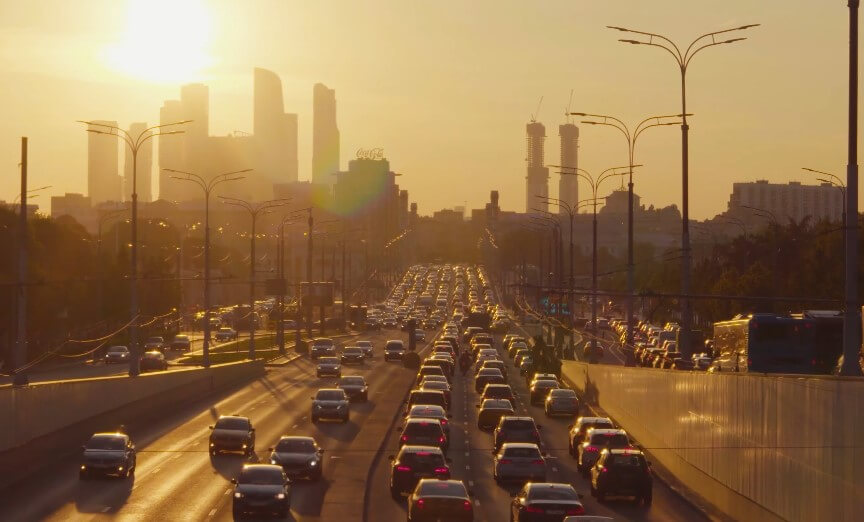
Festivals, games, storms, and highway projects all contribute to surprise traffic jams.
- SXSW and Austin City Limits will lock down downtown for a week at a time.
- Houston’s NRG Stadium causes serious congestion before and after games.
- Ice storms in San Antonio (yes, they happen) can shut down parts of I-35.
Helpful habit: Check event calendars and weather apps before you leave. A 60-second check can save you hours of regret.
Adjust Your Work Schedule
More companies are offering flexible hours or remote work options. Even shifting your shift by 30 minutes can help you miss the worst of rush hour.
Example: Many tech companies in Austin, like Dell, allow workers to start at 7:30 AM or telecommute on Fridays. That alone can help avoid the worst of I-35’s daily gridlock.
City-by-City Traffic Tactics
Each city brings its own flavor of traffic pain—and a few tools that make it easier to manage.
Houston
With nearly 7 million people spread across hundreds of square miles, Houston is the most congested city in Texas. Drivers lose an average of 62 hours a year to traffic. That’s over $1,000 worth of lost time and gas, according to the INRIX 2023 report.
Smart Moves in Houston
- Use TranStar: Their real-time traffic map is one of the best in the country.
- Get an EZ TAG: Houston’s toll roads, like the Katy Freeway Managed Lanes, save serious time—sometimes up to 20 minutes.
- Avoid flood-prone zones: I-10 and parts of U.S. 59 often go underwater in heavy rain. Always have a Plan B route.
- Park & Ride: METRO’s service to the Texas Medical Center and downtown is fast, reliable, and way less stressful than sitting on I-45.
Dallas
Dallas drivers lose about 38 hours annually, and that time hits harder when you’re stuck on U.S. 75 or Woodall Rodgers trying to get downtown.
How to Win in Dallas
- Get a TollTag: Use the Dallas North Tollway or President George Bush Turnpike to bypass clogged freeways.
- Take DART: Light rail and commuter trains are a solid choice if you’re heading to downtown or the suburbs.
- Bike it: Short trip in Uptown or Deep Ellum? Dallas’s newer bike lanes can help you skip traffic entirely.
- Avoid the hotspots: AT&T Stadium and American Airlines Center gridlock the surrounding areas during big games or concerts.
Bonus: HOV lanes on I-35E can save carpoolers up to 30 minutes each way.
Austin
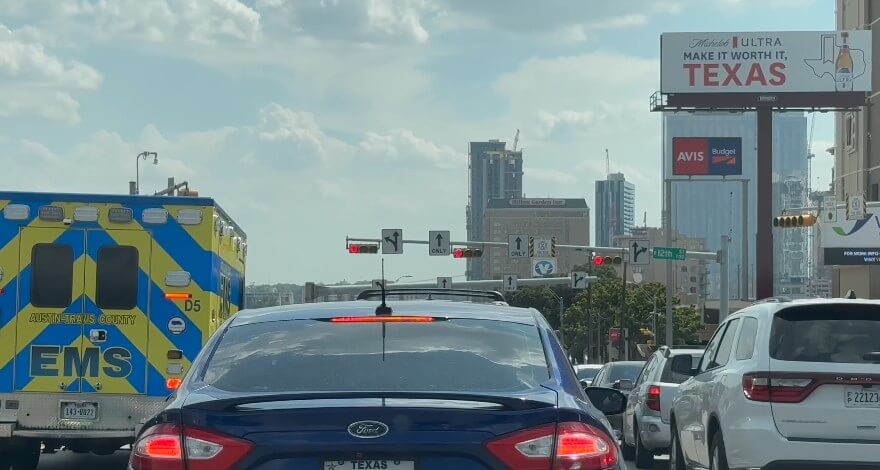
Austin has become a magnet for tech workers, startups, and festivals, and it shows. I-35, Mopac, and Highway 183 are often backed up for miles. Drivers lose 38 hours per year, and the economic loss clocks in at around $663 per person.
Austin Commuter Cheats
- Use Capital Metro: The Red Line from Leander to downtown beats I-35 every time.
- Monitor roadwork: KXAN’s traffic feed is your friend—construction rarely stops.
- Scooters & Bikes: For downtown trips, two wheels are faster than four.
- Watch event weeks: During SXSW, it can take an hour just to move a few blocks.
San Antonio
San Antonio’s laid-back vibe doesn’t mean the traffic is easy. I-35, Loop 1604, and US Highway 281 are regular trouble spots.
Drivers lose about 35 hours per year, with a personal cost of around $607.
Local Tips
- Avoid school pickup hours: Between 3 PM and 4 PM, many streets jam up near schools.
- Loop 1604 is risky: Construction and accidents are frequent. If you’re commuting during peak times, try to avoid it altogether.
- Check KSAT or KENS 5 for live traffic feeds, especially if weather’s acting up.
- Fiesta season and the holidays? Park and walk if you’re heading downtown.
Fast Reference Table
| City | Hours Lost | Cost | Worst Roads | Tools That Help |
|---|---|---|---|---|
| Houston | 62 | $1,082 | I-10, I-610, U.S. 59 | TranStar, EZ TAG, Waze |
| Dallas | 38 | $658 | U.S. 75, Woodall Rodgers | DART, TollTag, Waze |
| Austin | 38 | $663 | I-35, Mopac, Hwy 183 | Capital Metro, KXAN Traffic |
| San Antonio | 35 | $607 | I-35, Loop 1604, US 281 | KSAT Traffic, Waze |
Real Examples of What Works
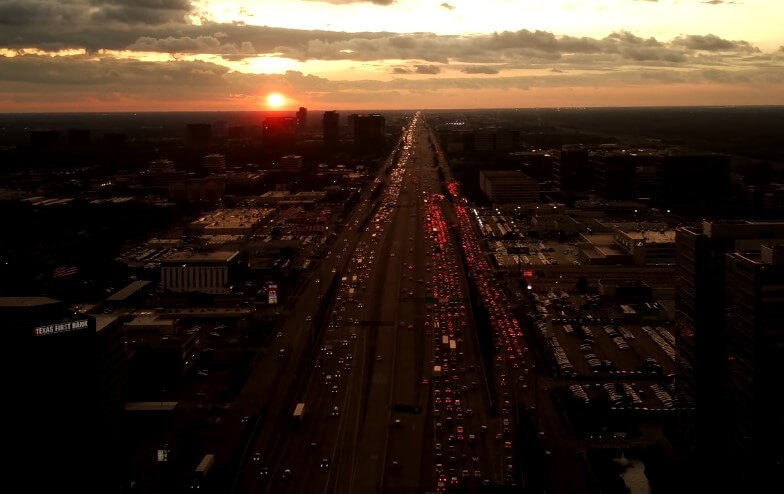
- Houston commuters using Waze to avoid the 610 West Loop reported saving up to 20% in travel time.
- Austin’s Red Line has taken pressure off I-35 by giving North Austin residents a quicker rail option downtown.
- Dallas’s HOV lanes have shaved 30+ minutes for carpoolers on I-35E.
- Flooding in Houston in 2024 shut down I-10 for four hours. Drivers who pre-checked weather apps avoided it altogether.
Final Thoughts
You can’t make traffic disappear, but you can outsmart it. In Houston, Dallas, Austin, and San Antonio, the difference between sitting for an hour or breezing through in 25 minutes often comes down to small decisions, what time you leave, which road you pick, or whether you check that traffic app before heading out.
The roads aren’t getting any wider, and the cities aren’t getting any smaller. But if you know when to shift gears (literally and figuratively), you can make your daily trips a lot more bearable.
Stay sharp. Drive safe. And wherever you’re headed in Texas, give yourself the gift of a smarter commute.








